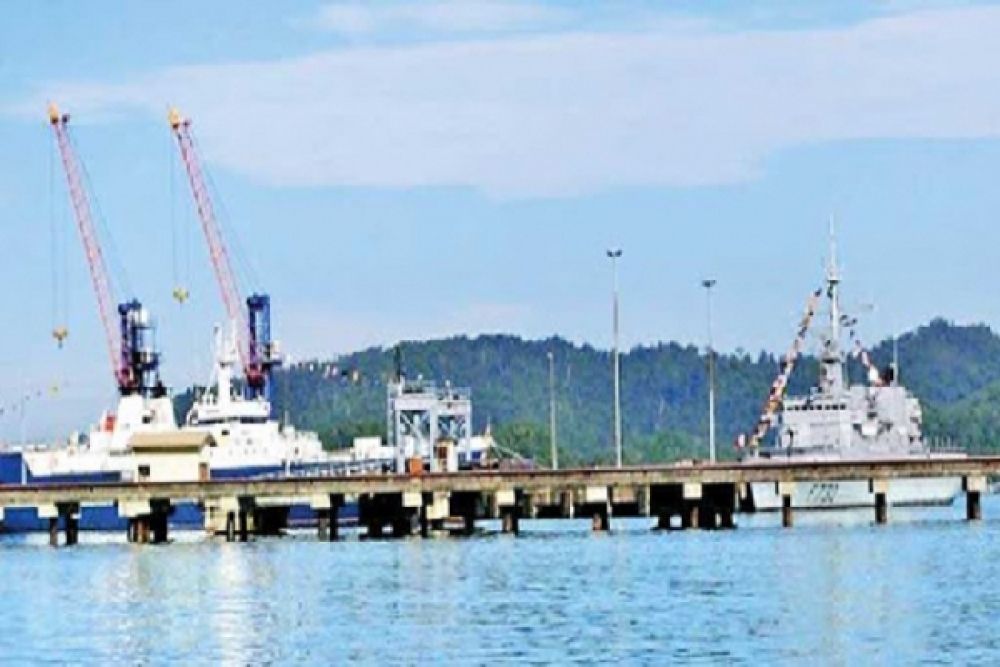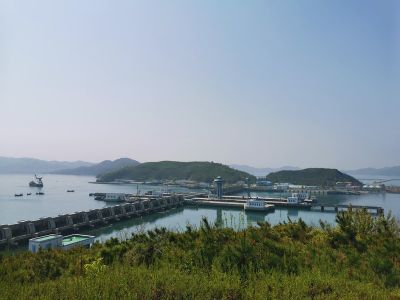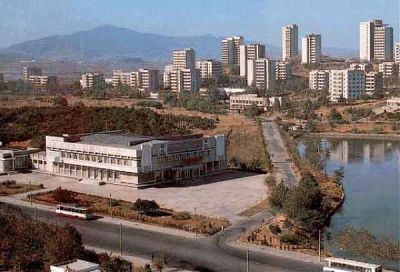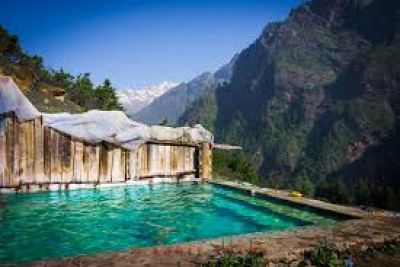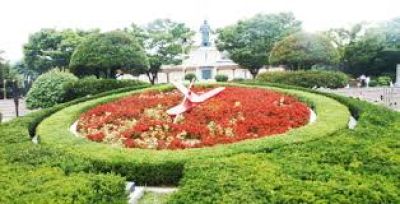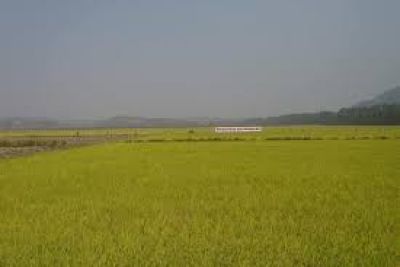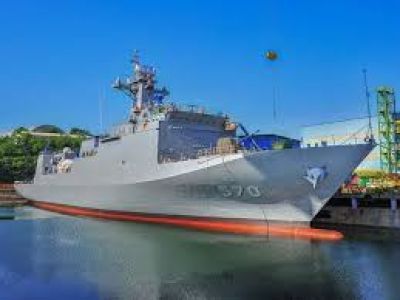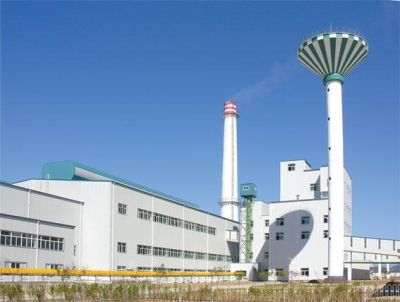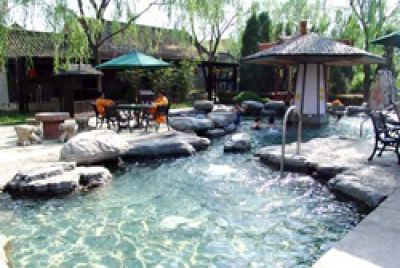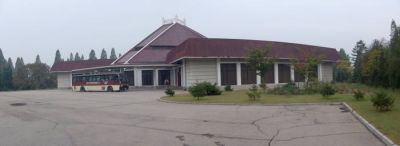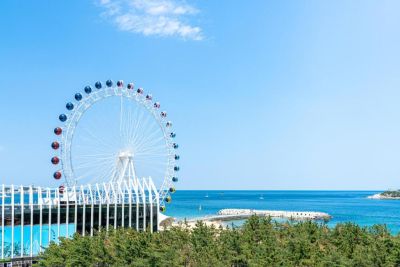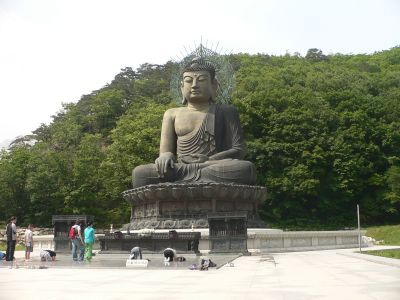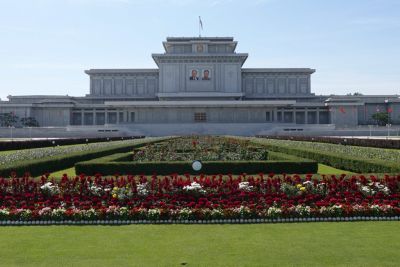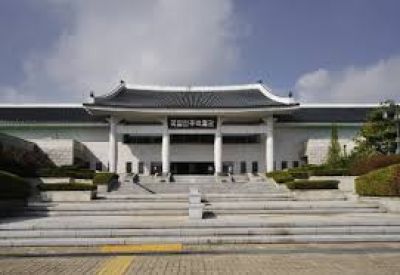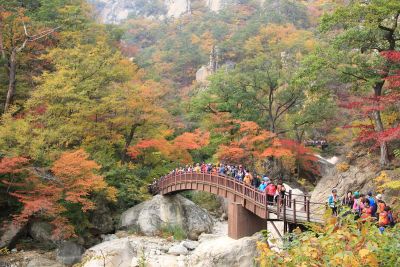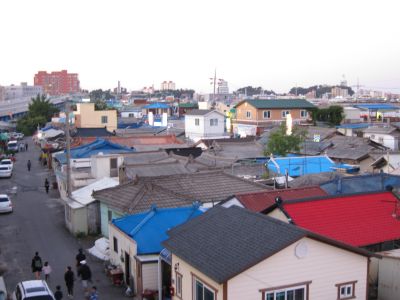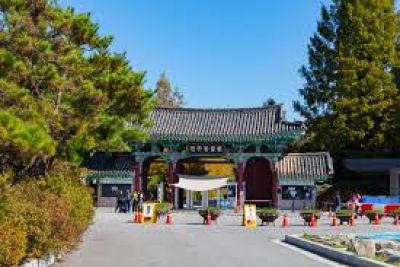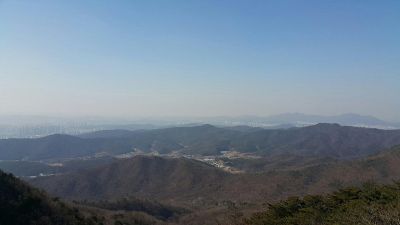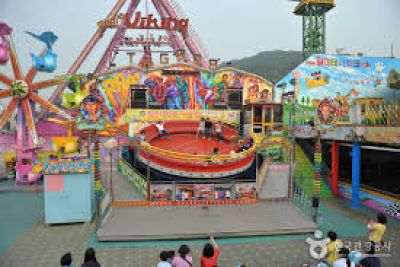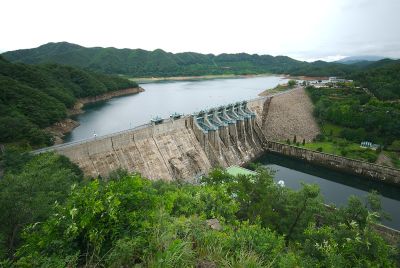The History of Tourism at Kangson Port, Nampo, North Korea
Kangson Port, located in the city of Nampo on the western coast of North Korea, has a unique place in the broader context of North Korean tourism. Nampo itself is known for its role as a major seaport and industrial city, contributing to the country's economic development. While North Korea remains one of the most secluded countries in the world, its tourism industry has been carefully controlled and monitored by the government since its inception.
Initial tourism in North Korea was largely political in nature, with the state inviting visitors primarily from communist and non-aligned countries during the Cold War era. It was during the late 20th century that North Korea began to cautiously open its doors to tourists from a broader range of countries.
Despite the restrictions on freedom of movement and the strict supervision of tourists, the curiosity about the hermit kingdom has propelled a niche tourism market. However, destinations like Kangson Port have not been traditional tourist hotspots, with the focus being more on Pyongyang and the DMZ, among other locations that highlight the country’s narrative.
The history of Kangson Port itself centers on its industrial capacity rather than tourism. Jacking up its reputation as a tourism destination is complex due to the heavy regulation of visitor access and the necessity for state-approved travel itineraries. Nevertheless, the interest in North Korea's unique political situation and the allure of visiting a lesser-known port like Kangson may hold a particular attraction for certain types of tourists, such as those with an interest in industrial heritage or those looking to explore every corner of such an isolated country.
Latest Tourism Trends in Nampo's Kangson Port
While comprehensive data on tourism trends is difficult to acquire, a few patterns have been identified in relation to North Korea's tourism industry as a whole, which can be partially applied to destinations like Kangson Port.
Specialized Tours: A noteworthy trend is the emergence of specialized tours that focus on specific themes or aspects of North Korean society. This may range from industry-focused tours which could potentially include areas like Kangson Port, to cultural exchanges and humanitarian-themed visits.
Chinese Tourists: There has been an increase in the number of tourists from neighboring China, with North Korea leaning on its ally to bolster tourist numbers. Chinese visitors are more likely to be granted access to a wider array of attractions, possibly including industrial ports like Kangson.
Adventure and Isolation Tourism: The desire to travel off the beaten path has driven adventure-minded and isolation-seeking tourists to seek entry to North Korea. The allure of exploring a lesser-known destination such as Kangson Port aligns with this trend, although travel restrictions make it a challenging prospect.
State-sponsored Celebrations: North Korea also markets certain state anniversaries and national celebrations as tourist events. While these are generally centered in Pyongyang, they showcase the country's ideological framework and often spark a mild ripple of interest in nearby regions like Nampo and its port facilities.
It is important to note that due to the global situation, including sanctions and the COVID-19 pandemic, tourism to North Korea has been severely affected. As of the knowledge cutoff in early 2023, the country's borders remain largely closed to international tourists. When tourism does eventually resume, it is likely to continue to evolve within the tight constraints set by the North Korean government.
